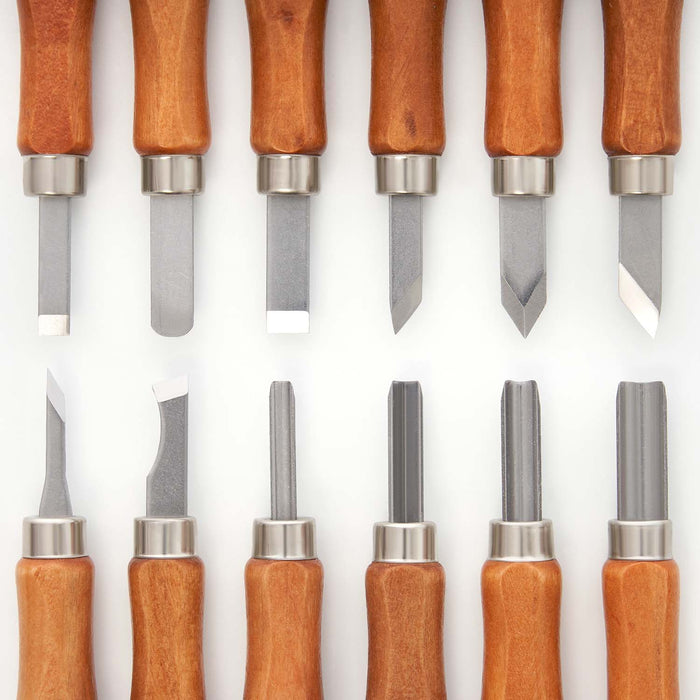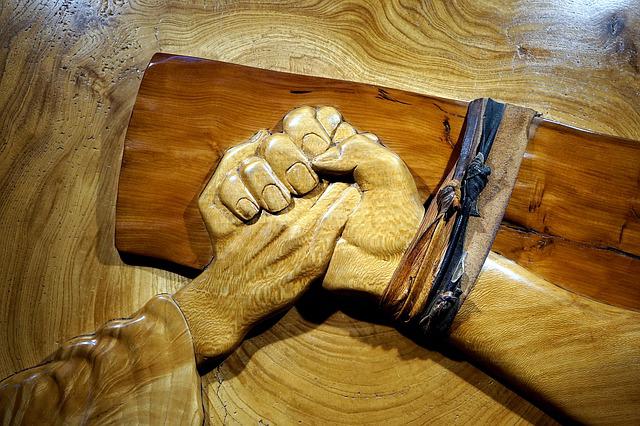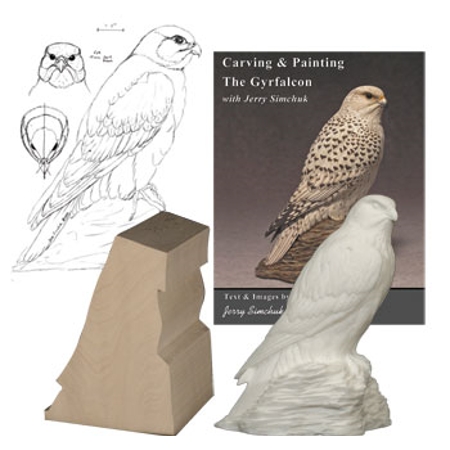
Sharp edges in wood carving tools enhance your pleasure of carving. These are some common methods for sharpening wood carving tools. Sharper edges last longer and are more durable than dull ones. Sharp edges also ensure a more efficient use of your tool. Sharp edges make carving easier and ensure maximum cutting performance. Listed below are three common methods of sharpening wood carving tools. Continue reading to find out more. - How to use a sharpening tool.
Sharp edges are a great way to enhance your carving experience
Sharp tools will not only make carving easier, but sharp edges are essential. Sharper tools require less effort, and are easier to control during carving. A smooth, well-cut blade gives you a smooth cut. Sharp tools are essential for a successful carving project. To achieve best results, you should sharpen your carving tools frequently. Regular sharpening can keep them sharp and will make your carving job much easier.
While sharp edges may increase the satisfaction of carving, they may cause blisters in the process. Wood's natural texture will be rough. Regular handling will help to make your hands more durable. Although blisters will eventually turn into calluses, this can be painful and time-consuming. If blisters are visible in your carving, you can change how you hold the tools. It will take practice, but it is worth it.
Use a sharpening knife and a fine grain stone to sharpen your knives. You should also check for any damage on the edge. Chips along the edge will need to be ground more vigorously. A dull edge may only require minimal grinding on a finer grit stone. The knife can be tested by cutting through some paper or rope. The knife may be able to be sharpened without the need for a sharpening tool if it has not been dulled in a while.
Common methods for sharpening wood carving instruments
There are many ways of sharpening wood carving tool. There are oil stones, water stones, ceramic stones, and diamond sharpening stones. Oil stones require oil to be applied on the stone's surface to prevent metal particles from embedding themselves in the surface. Diamond and ceramic stones are oil-free and can be used to sharpen carbide wood carving tools. This article will talk about the common methods of sharpening wooden carving tools.

To remove the wire edge from a knife blade and to polish it, leather strops are useful. A leather strop can be used for any tool, but some carvers prefer a texture one. A flat leather strop works well for straight tools or the outside edge of gouges. For those who take their work seriously, a leather strop that has grooves may be a good investment.
Bench chisels have been sharpened traditionally at a 25-degree angle, with a secondary bevel of 5 degrees. Modern alloys won't work well with these angles and can even cause them to corrode. This means that you will need to raise your bevel angle. This requires using more force and will result in less control. The same goes for block planes. They are often sharpened at an angle of 20 degrees.
Using a sharpening stone
A sharpening stone can be used to sharpen wood carving tools. A sharpening stone is made of grit, which is a mineral that has crystal form and is more durable than steel. The stone will require a lubricant to aid in cutting and prevent metal particles getting stuck. Once you have sharpened your edge to make it easier to cut wood, it will also be less resistant. The strop, which is typically made of leather, polishes the edge and removes the burr.

There are various types of sharpening stones available in the market. There are oilstones (waterstones), ceramic stones, and others. Oil stones use oil as a liquid to keep fine metal particles and other contaminants from sinking into the stone. You don't need any lubricants for ceramic and diamond stone. They can both be used to sharpen carbide wood carving tools.
Sentima is an excellent example of a high-quality sharpening system. It comes in two sizes, a coarse one and a fine one. Both are made from corundum. This material features a consistent grain that allows for fast cutting and smooth finishes. Its unique design also makes it easy to clean. The sharpening device is made from durable materials that will not deteriorate over time.
FAQ
What material would your recommendation be to learn woodworking?
Start with softwoods such as pine and poplar. Once you feel comfortable with these two, move on to hardwood.
Where do I get my woodworking supplies?
There are plenty of places where you can find everything you need to start out. You could shop at your local hardware store or go online to Amazon.com.
You can also check garage sales and flea markets for old furniture and other materials you can reuse.
What woods can be used to make furniture?
Woods are classified by their hardness. Softwoods are pine, cedar and cypress. They are great for outdoor furniture as they resist rot. You can find hardwoods like oak, maple, mahogany, teak, and others. Because they can't weather outside, they're usually used indoors.
Statistics
- In 2014, there were just over 237,000 jobs for all woodworkers, with other wood product manufacturing employing 23 percent; wood kitchen cabinets and countertop manufacturing employing 21 percent. (theartcareerproject.com)
- The best-paid 10 percent make $76,000, while the lowest-paid 10 percent make $34,000. (zippia.com)
- If your lumber isn't as dry as you would like when you purchase it (over 22% in Glen Huey's opinion…probably over 10-15% in my opinion), then it's a good idea to let it acclimate to your workshop for a couple of weeks. (woodandshop.com)
- Woodworkers on the lower end of that spectrum, the bottom 10% to be exact, make roughly $24,000 a year, while the top 10% makes $108,000. (zippia.com)
External Links
How To
How do I accurately measure wood?
We have several ways to measure wood. We use a variety of methods to measure wood.
A digital caliper can have two jaws, which open and close. The one jaw holds the object to be measured, while the other measures distance between them. The digital caliper can be used to measure small distances such as the thickness of wood.
Laser levels use an infrared beam of light to project a line across the ground. A red dot is created by the laser. If you look down on the line, it will show whether the surface appears even or not. For larger surfaces, laser leveling is the best method of checking accuracy.
Bubble levels look similar to a compass. The center of the device contains a bubble. The device will inform you if the surface is level if the bubble is in the center. Bubble levels are good for checking the accuracy of smaller areas.